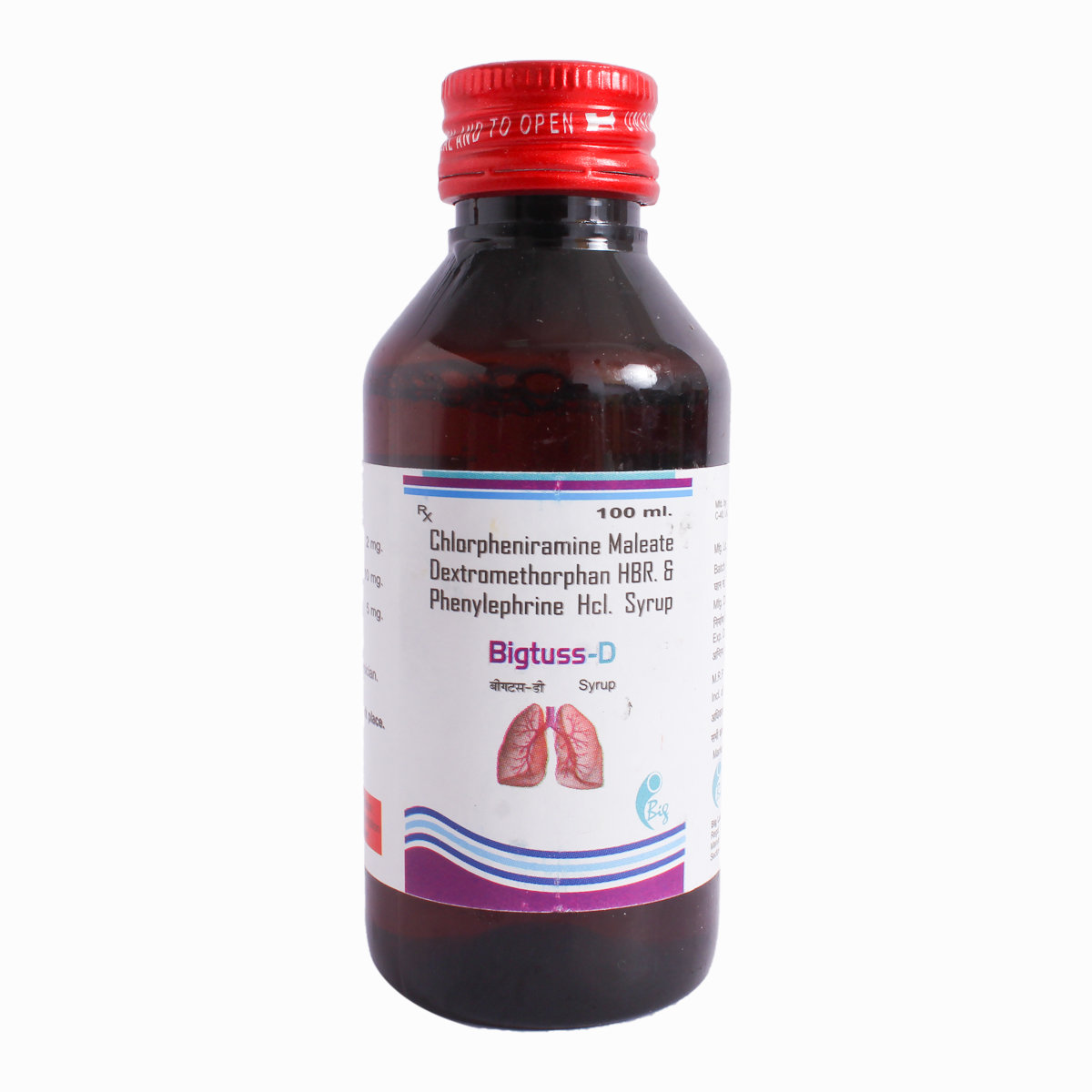- Home
- salt
Paracetamol+dextromethorphan Hydrobromide+chlorpheniramine Maleate+phenylephrine Hydrochloride
Paracetamol+dextromethorphan Hydrobromide+chlorpheniramine Maleate+phenylephrine Hydrochloride
About Paracetamol+dextromethorphan Hydrobromide+chlorpheniramine Maleate+phenylephrine Hydrochloride
Paracetamol+dextromethorphan Hydrobromide+chlorpheniramine Maleate+phenylephrine Hydrochloride is primarily used to treat common cold, sneezing, nasal congestion, cold with co-existing fever and post-nasal drip. The common cold is a viral infection that affects the nose and throat, usually lasting 7 to 10 days. Nasal congestion, or a stuffy nose, is the feeling of blockage in the nose or face. Post-nasal drip happens when mucus from the nose drips down the throat, often causing a runny nose, cough, or sore throat.
Paracetamol+dextromethorphan Hydrobromide+chlorpheniramine Maleate+phenylephrine Hydrochloride contains Paracetamol, Dextromethorphan Hydrobromide, Chlorpheniramine Maleate, and Phenylephrine Hydrochloride. Paracetamol is a pain reliever (analgesic) and fever reducer (antipyretic) that works by modifying the body's pain perception and helping to lower its temperature. Dextromethorphan Hydrobromide is a cough suppressant (antitussive) that blocks the transmission of nerve signals from the cough centre in the brain to the muscles responsible for producing coughing. Chlorpheniramine Maleate is an antihistamine (antiallergic) that works by blocking the action of histamine, a substance that causes allergic reactions. Phenylephrine Hydrochloride is a decongestant that helps shrink the blood vessels in the nasal passages, thereby reducing nasal congestion. Together, these medicines help alleviate the symptoms associated with the common cold, fever, nasal congestion, and post-nasal drip.
Your doctor will recommend the dose and duration of Paracetamol+dextromethorphan Hydrobromide+chlorpheniramine Maleate+phenylephrine Hydrochloride based on your medical condition. Some people may experience common side effects, such as nausea, headache, dizziness, dry mouth, and drowsiness. Most of these side effects of Paracetamol+dextromethorphan Hydrobromide+chlorpheniramine Maleate+phenylephrine Hydrochloride do not require medical attention and will gradually resolve over time. However, if the side effects persist or worsen, please consult your doctor.
Please inform your doctor if you are allergic to any ingredients in Paracetamol+dextromethorphan Hydrobromide+chlorpheniramine Maleate+phenylephrine Hydrochloride or if you are pregnant. Paracetamol+dextromethorphan Hydrobromide+chlorpheniramine Maleate+phenylephrine Hydrochloride is not recommended for breastfeeding mothers. Do not take Paracetamol+dextromethorphan Hydrobromide+chlorpheniramine Maleate+phenylephrine Hydrochloride if you have used a monoamine oxidase inhibitor (MAOI) medication in the past 14 days. Avoid driving or using machinery until fully alert, as Paracetamol+dextromethorphan Hydrobromide+chlorpheniramine Maleate+phenylephrine Hydrochloride may impair mental and physical coordination.
Uses of Paracetamol+dextromethorphan Hydrobromide+chlorpheniramine Maleate+phenylephrine Hydrochloride
Medicinal Benefits
Paracetamol+dextromethorphan Hydrobromide+chlorpheniramine Maleate+phenylephrine Hydrochloride is a combination medication belonging to a class of drugs called 'cough and cold preparations.' It is primarily used to treat the common cold, sneezing, nasal congestion, cold with co-existing fever and post-nasal drip. Paracetamol provides pain relief and reduces fever. Dextromethorphan Hydrobromide suppresses cough by blocking the nerve signals from the cough centre in the brain to the muscles responsible for producing coughing. Chlorpheniramine maleate helps relieve allergy symptoms such as sneezing, runny nose, watery eyes, itching, swelling, congestion, or stiffness by blocking the action of histamine, a substance that causes allergic reactions. Phenylephrine reduces nasal congestion by shrinking the blood vessels in the nasal passages. Thus, Paracetamol+dextromethorphan Hydrobromide+chlorpheniramine Maleate+phenylephrine Hydrochloride helps alleviate the symptoms associated with the common cold and allergies.
Directions for Use
- Paracetamol+dextromethorphan Hydrobromide+chlorpheniramine Maleate+phenylephrine Hydrochloride should be taken with meals to prevent stomach upset.
- Follow your doctor's instructions on the dosage and timing of this medication for effective results.
- Swallow Paracetamol+dextromethorphan Hydrobromide+chlorpheniramine Maleate+phenylephrine Hydrochloride as a whole with a glass of water.
- Do not break, chew, or crush it.
Storage
Side Effects of Paracetamol+dextromethorphan Hydrobromide+chlorpheniramine Maleate+phenylephrine Hydrochloride
- Nausea
- Headache
- Dizziness
- Dry Mouth
- Drowsiness
Drug Warnings
Before using Paracetamol+dextromethorphan Hydrobromide+chlorpheniramine Maleate+phenylephrine Hydrochloride, please inform your doctor if you are allergic to any of its ingredients or other medications. If you are pregnant or planning pregnancy, it is advisable to tell your doctor before using Paracetamol+dextromethorphan Hydrobromide+chlorpheniramine Maleate+phenylephrine Hydrochloride. Paracetamol+dextromethorphan Hydrobromide+chlorpheniramine Maleate+phenylephrine Hydrochloride is not recommended for breastfeeding mothers. If you are about to undergo any medical tests or surgery, please inform your doctor that you are taking Paracetamol+dextromethorphan Hydrobromide+chlorpheniramine Maleate+phenylephrine Hydrochloride. Avoid taking Paracetamol+dextromethorphan Hydrobromide+chlorpheniramine Maleate+phenylephrine Hydrochloride if you have taken a monoamine oxidase inhibitor (MAOI) (a medication used for depression, Parkinson's disease, or psychiatric conditions) in the past 14 days. Also, avoid alcohol consumption or taking sedatives and tranquillizers with Paracetamol+dextromethorphan Hydrobromide+chlorpheniramine Maleate+phenylephrine Hydrochloride, as they may increase drowsiness. Avoid driving or operating machinery until fully alert, as Paracetamol+dextromethorphan Hydrobromide+chlorpheniramine Maleate+phenylephrine Hydrochloride may cause dizziness, blurred vision and drowsiness. Paracetamol+dextromethorphan Hydrobromide+chlorpheniramine Maleate+phenylephrine Hydrochloride is contraindicated in patients with diabetes mellitus, severe high blood pressure, hyperthyroidism (overactive thyroid), closed-angle glaucoma (sudden increased pressure in the eye), pheochromocytoma (rare tumor in the adrenal gland), prostatic enlargement, acute asthma, chronic bronchitis, or emphysema (a lung condition causing shortness of breath), cardiovascular diseases, stenosing peptic ulcer (gastric outlet obstruction), bladder neck obstruction and pyloroduodenal obstruction. It should be used with caution in patients with occlusive vascular disease, including Raynaud's phenomenon (decreased blood flow to fingers and toes).
Drug Interactions
Drug-Drug Interaction: Paracetamol+dextromethorphan Hydrobromide+chlorpheniramine Maleate+phenylephrine Hydrochloride may interact with certain medications, such as antipsychotics (e.g., escitalopram, desvenlafaxine, vilazodone), antidepressants (e.g., linezolid, phenelzine, selegiline, rasagiline, isocarboxazid, tranylcypromine), antimalarials (e.g., quinidine), and muscle relaxants (e.g., cyclobenzaprine).
Drug-Food Interaction: No interactions were found.
Drug-Disease Interaction: Paracetamol+dextromethorphan Hydrobromide+chlorpheniramine Maleate+phenylephrine Hydrochloride is contraindicated in patients with diabetes mellitus, severe high blood pressure, hyperthyroidism (overactive thyroid), closed-angle glaucoma (sudden increased pressure in the eye), pheochromocytoma (rare tumor in the adrenal gland), prostatic enlargement, acute asthma, chronic bronchitis, or emphysema (a lung condition causing shortness of breath), cardiovascular diseases, stenosing peptic ulcer (gastric outlet obstruction), bladder neck obstruction and pyloroduodenal obstruction. It should be used with caution in patients with occlusive vascular disease, including Raynaud's phenomenon (decreased blood flow to fingers and toes).
Drug-Drug Interactions Checker List:
Safety Advice

Alcohol
cautionAvoid consumption of alcohol with Paracetamol+dextromethorphan Hydrobromide+chlorpheniramine Maleate+phenylephrine Hydrochloride as it may increase drowsiness. Please consult your doctor before consuming alcohol with Paracetamol+dextromethorphan Hydrobromide+chlorpheniramine Maleate+phenylephrine Hydrochloride.

Pregnancy
consult your doctorThe safety of Paracetamol+dextromethorphan Hydrobromide+chlorpheniramine Maleate+phenylephrine Hydrochloride in pregnant women is unknown. Consult your doctor if you are pregnant or planning a pregnancy before taking Paracetamol+dextromethorphan Hydrobromide+chlorpheniramine Maleate+phenylephrine Hydrochloride.

Breast Feeding
unsafeParacetamol+dextromethorphan Hydrobromide+chlorpheniramine Maleate+phenylephrine Hydrochloride may be excreted in breast milk. Therefore, Paracetamol+dextromethorphan Hydrobromide+chlorpheniramine Maleate+phenylephrine Hydrochloride is not recommended for breastfeeding mothers.

Driving
cautionParacetamol+dextromethorphan Hydrobromide+chlorpheniramine Maleate+phenylephrine Hydrochloride may cause dizziness, drowsiness, or blurred vision in some people. Therefore, avoid driving or operating machinery until you are fully alert.

Liver
cautionParacetamol+dextromethorphan Hydrobromide+chlorpheniramine Maleate+phenylephrine Hydrochloride should be used with caution in patients with severe liver impairment and non-cirrhotic alcoholic liver disease.

Kidney
cautionParacetamol+dextromethorphan Hydrobromide+chlorpheniramine Maleate+phenylephrine Hydrochloride should be used with caution in patients with severe kidney impairment.

Children
consult your doctorIf you have any concerns regarding the use of Paracetamol+dextromethorphan Hydrobromide+chlorpheniramine Maleate+phenylephrine Hydrochloride in children, please consult a doctor.
Habit Forming
Diet & Lifestyle Advise
- Stay hydrated by drinking fluids such as water, juice, clear broth, or warm lemon water.
- Avoid consuming alcohol and caffeine, as they can cause dehydration.
- Consume warm liquids, such as chicken soup, tea, or warm apple juice, to soothe a sore throat and relieve a stuffy nose.
- Honey may help with coughs in children over 1 year old but should never be given to infants due to the risk of botulism (a rare, severe condition caused by a toxin that affects the body's nerves).
- Get plenty of rest and stay home if you have a fever or severe cough. Avoid going out if you are feeling drowsy from medication.
- To relieve stuffiness, maintain a warm but not overly hot room and use a cool-mist humidifier if the air is dry.
- Gargle with salt water (1/2 teaspoon of salt in 4-8 ounces of warm water) to soothe a sore throat.
- Avoid consuming dairy products like milk, as they may increase mucus production. Also, avoid processed or refined foods.
Special Advise
Do not take other paracetamol-containing drugs with Paracetamol+dextromethorphan Hydrobromide+chlorpheniramine Maleate+phenylephrine Hydrochloride.
Patients Concern
Disease/Condition Glossary
Common cold: The common cold is a viral infection that affects the nose and throat. Most people recover within 7 to 10 days. Cold symptoms typically appear 1 to 3 days after exposure to the virus and can vary. These symptoms may include a runny or stuffy nose, a sore throat, cough, sneezing, a general feeling of unwellness, mild body aches or headaches, and a low-grade fever.
Fever: A fever is a temporary increase in body temperature, usually defined as a temperature of 100°F (37.8°C) or higher when measured with an oral thermometer.
Nasal congestion: Also known as a stuffy nose. It is the sensation of fullness or blockage in the nose or face.
Post-nasal drip: This occurs when mucus from the nose drips down the throat, often causing a runny nose, cough, or sore throat. It is commonly caused by viral infections, sinus infections, or hay fever (allergic rhinitis).
FAQs
Paracetamol+dextromethorphan Hydrobromide+chlorpheniramine Maleate+phenylephrine Hydrochloride belongs to a class of medications called 'cough and cold preparations,' mainly used to treat the common cold, sneezing, nasal congestion, cold with co-existing fever and post-nasal drip.
Paracetamol+dextromethorphan Hydrobromide+chlorpheniramine Maleate+phenylephrine Hydrochloride contains Paracetamol, Dextromethorphan Hydrobromide, Chlorpheniramine Maleate, and Phenylephrine Hydrochloride. Paracetamol is a pain reliever (analgesic) and fever reducer (antipyretic) that works by modifying the body's pain perception and helping to lower its temperature. Dextromethorphan Hydrobromide is a cough suppressant (antitussive) that works by blocking the transmission of nerve signals from the cough center in the brain to the muscles responsible for producing coughing. Chlorpheniramine Maleate is an antihistamine (antiallergic) that works by blocking the action of histamine, a substance that causes allergic reactions. Phenylephrine Hydrochloride is a decongestant that helps shrink the blood vessels in the nasal passages, thereby reducing nasal congestion. Together, these medicines help alleviate the symptoms associated with the common cold, fever, nasal congestion, and post-nasal drip.
The common side effects of Paracetamol+dextromethorphan Hydrobromide+chlorpheniramine Maleate+phenylephrine Hydrochloride include nausea, headache, dizziness, dry mouth, and drowsiness. Most of these side effects of Paracetamol+dextromethorphan Hydrobromide+chlorpheniramine Maleate+phenylephrine Hydrochloride do not require medical attention and will gradually resolve over time. However, if the side effects persist or worsen, please consult your doctor.
It is not recommended to take Paracetamol+dextromethorphan Hydrobromide+chlorpheniramine Maleate+phenylephrine Hydrochloride along with any antidepressant medication, especially MAO inhibitors (linezolid, phenelzine, selegiline, rasagiline, isocarboxazid, tranylcypromine), as it may lead to unpleasant side effects or drug interaction. Also, Paracetamol+dextromethorphan Hydrobromide+chlorpheniramine Maleate+phenylephrine Hydrochloride should be taken at least 14 days after your last dose of antidepressants.
Yes, Paracetamol+dextromethorphan Hydrobromide+chlorpheniramine Maleate+phenylephrine Hydrochloride may cause sleepiness or drowsiness. Therefore, avoid driving or operating machinery until you are fully alert.
No, Paracetamol+dextromethorphan Hydrobromide+chlorpheniramine Maleate+phenylephrine Hydrochloride will not be more effective if taken in more than the recommended dose. Avoid exceeding the recommended dose as it might cause an overdose leading to unpleasant side effects.
Available Medicines for
Paracetamol+dextromethorphan Hydrobromide+chlorpheniramine Maleate+phenylephrine Hydrochloride




